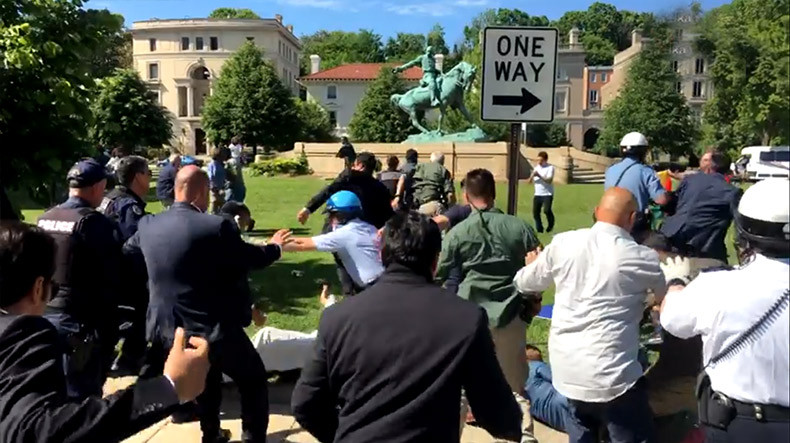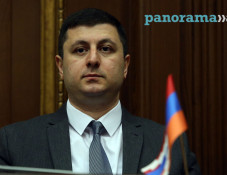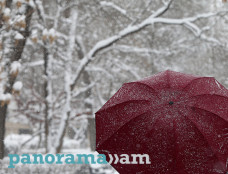
US sides with court against Turkey over 2017 Washington brawl
The US government has sided with a lower court ruling against the Turkish government over a brawl between President Recep Tayyip Erdogan’s security detail and protesters in Sheridan Circle in Washington D.C. in 2017, saying Turkey is not immune to lawsuits started by plaintiffs. Ahval news outlet reported.
Protesters who were assaulted by Erdoğan's security officers and supporters in May 2017 have brought two civil lawsuits to courts in the United States, the source reported.
The Turkish government’s lawyers in Washington had appealed against an initial court ruling in favour of plaintiffs in February last year. The decision stated that violent acts by Turkish security officials and pro-Erdoğan supporters against demonstrators were not protected under the Foreign Sovereign Immunities Act (FSIA).
A US Department of State and Justice Department (DoJ) brief signed by Acting Assistant Attorney General Brian M.Boynton and Counsel of State Department Acting Legal Adviser Richard C. Visek, on Tuesday sided with the court’s ruling:
"If foreign security personnel attack civilians on US territory when the use of force does not reasonably appear necessary to protect against bodily harm, they are acting outside any reasonable conception of the protective function and thus outside their legally protected discretion, and the discretionary function rule does not apply the foreign state accordingly is subject to suit under the Foreign Sovereign Immunities Act’s (FSIA) non-commercial tort exception.“
The brief backed the district court ruling after officials reviewed an extensive body of evidence, including a number of videos, finding that Turkish security personnel 'violently' attacked civilian protesters, including by 'strik[ing] and kick[ing]' protesters who had fallen to the ground, with no reasonable basis for perceiving a threat to President Erdoğan“.
The government concluded in the brief that the “conduct cannot reasonably be regarded as an exercise of the agents’ protective function”.
Newsfeed
Videos






























